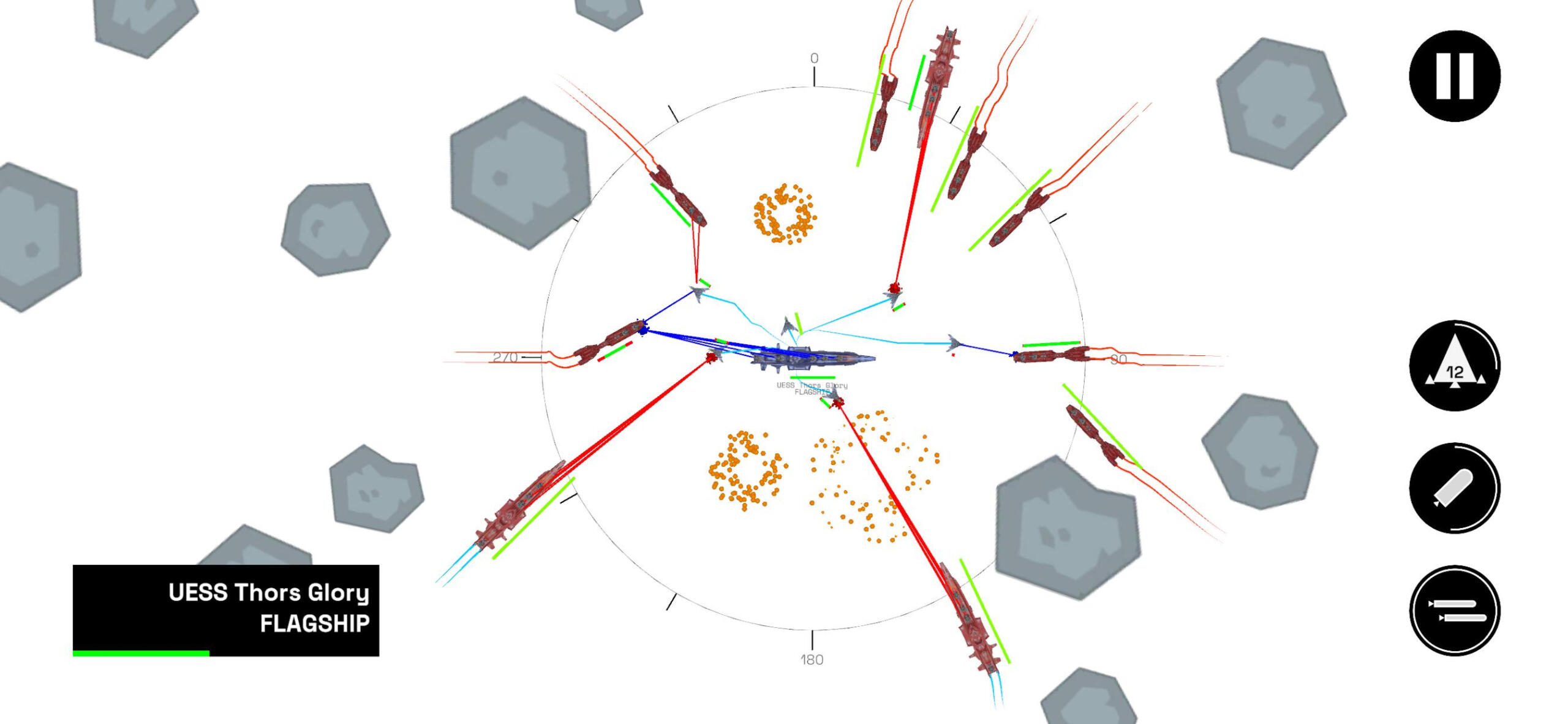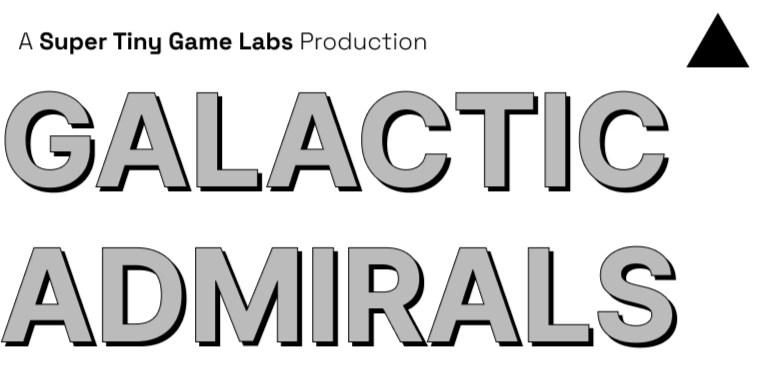
A minimalist 2D command and control space naval real-time strategy game that brings the thrill of space battles right to your fingertips.
A perfect game for those seeking a fun and casual gaming experience, Galactic Admirals challenges you to master the art of navigation and combat in the vast infinite expanse of space.
Developer Log
10.07.2024
Location: Undisclosed
Super Tiny Game Labs Inc.
Day One - Initial Launch
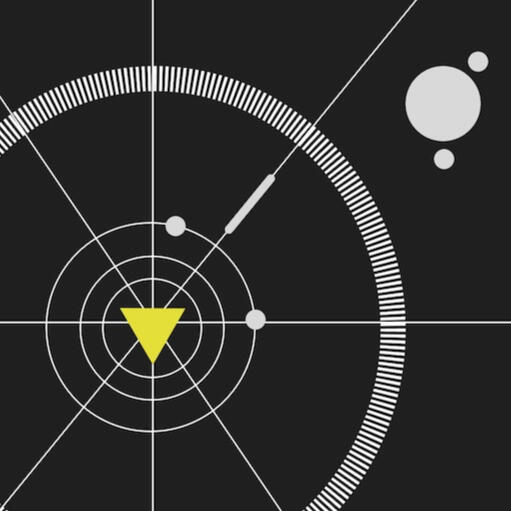
I am very slowly building a grand epic minimalist 2D real time strategy space naval game; how epic? I want to put 10,000 ships in one level at one time.Sounds crazy and ambitious but let me talk through the journey so far.My Journey to Building a Video GameLike countless many before me, I’ve always dreamed of creating a video game, but I lacked hard and soft skills, knowledge and experience. So, I am approaching the project in a way that made the most sense both practically and financially. Piece by piece by piece and very slowly.The ConstraintsSince I’m self-financing this venture, I needed to be smart with my resources. My skills were also a limitation—I’ve never designed a game before, nor am I an expert in game design or development. What I do have is a deep love for RTS (real-time strategy) games. I knew what I liked and disliked in the current crop of RTS games and had spent years refining my vision for what I wanted to create and I have been building zero to one products in the tech industry for more than a decade. I had something to lean to on.With these constraints, I had to get creative.The SolutionsI had two approaches under consideration:
1. Spend a long time designing and building the entire game before releasing it.
2. Design the game in small, manageable chunks, releasing and iterating based on feedback.When it came to building the game, I faced another choice:
- Spend months learning how to build the game myself, even with my limited time.
- Hire someone to build it for me.I chose to take a step-by-step approach, much like any indie game does these days with Early Access. My initial assumption was simple: if I enjoyed the game, there was a chance others would too. However, I didn’t want to waste time building something no one else would play.So, here is what I decided:
- Keep the design super simple and minimalist: this way I don’t get rabbit holed into something that is not a priority and focus on gameplay.
- Nail the gameplay first: the ships, the weapons, the challenges, everything essential had to be figured out first and tested in real world with real gamers.
- Start small with focused levels: The game rules and systems would be simple, yet challenging enough to stay interesting; the initial levels will be designed to put the gameplay hypothesis through the gauntlet.
- Ship Fast, Small, Listen, Iterate: I’d focus on one platform and keep the game FREE to gather feedback and ship often.I set a strict budget of $10,000. Unfortunately, everyone I spoke with—developers and app consultants—said my budget was at least four times too low. This was discouraging, but the idea of creating a game brought me so much joy that I couldn’t give up. I took my time and eventually found the right development partner. More on this later.The ResearchSeveral sources of inspiration guided the design of my game:
- Homeworld
- Mobile Suit Gundam
- Legend of the Galactic Heroes
- Metro mini-gamesI wanted to build a minimalist 2D real-time strategy space naval game where players could command large fleets (think: hundreds of ships). It had to feel epic in scale but fun and quick to learn and play.The easiest route would have been to copy an existing AAA RTS game and scale it down. But what’s the fun in that!I really wanted to learn what a good war strategy game looks like so, I dove into research on naval strategy, historical naval battles, and RTS game design.
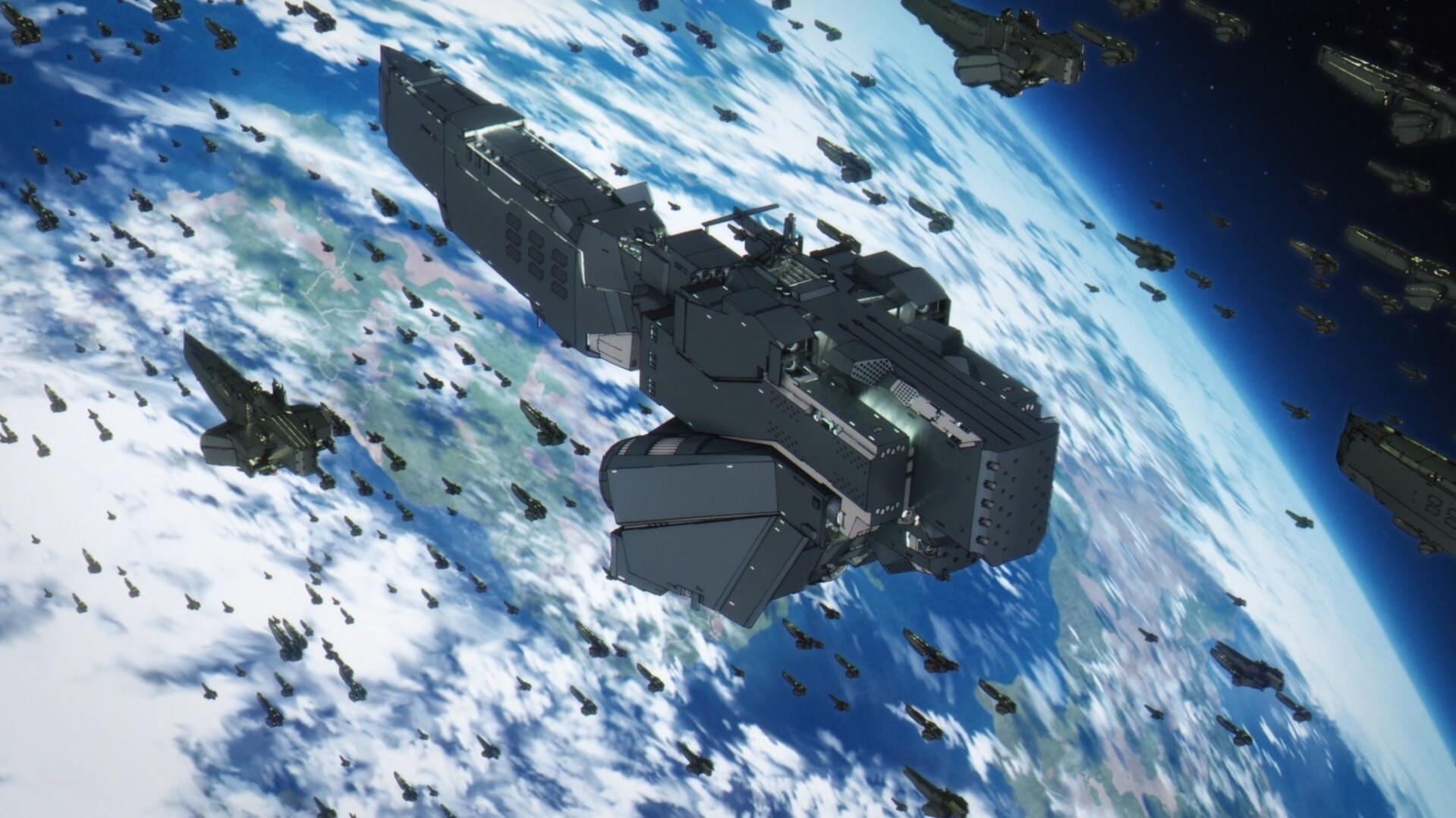
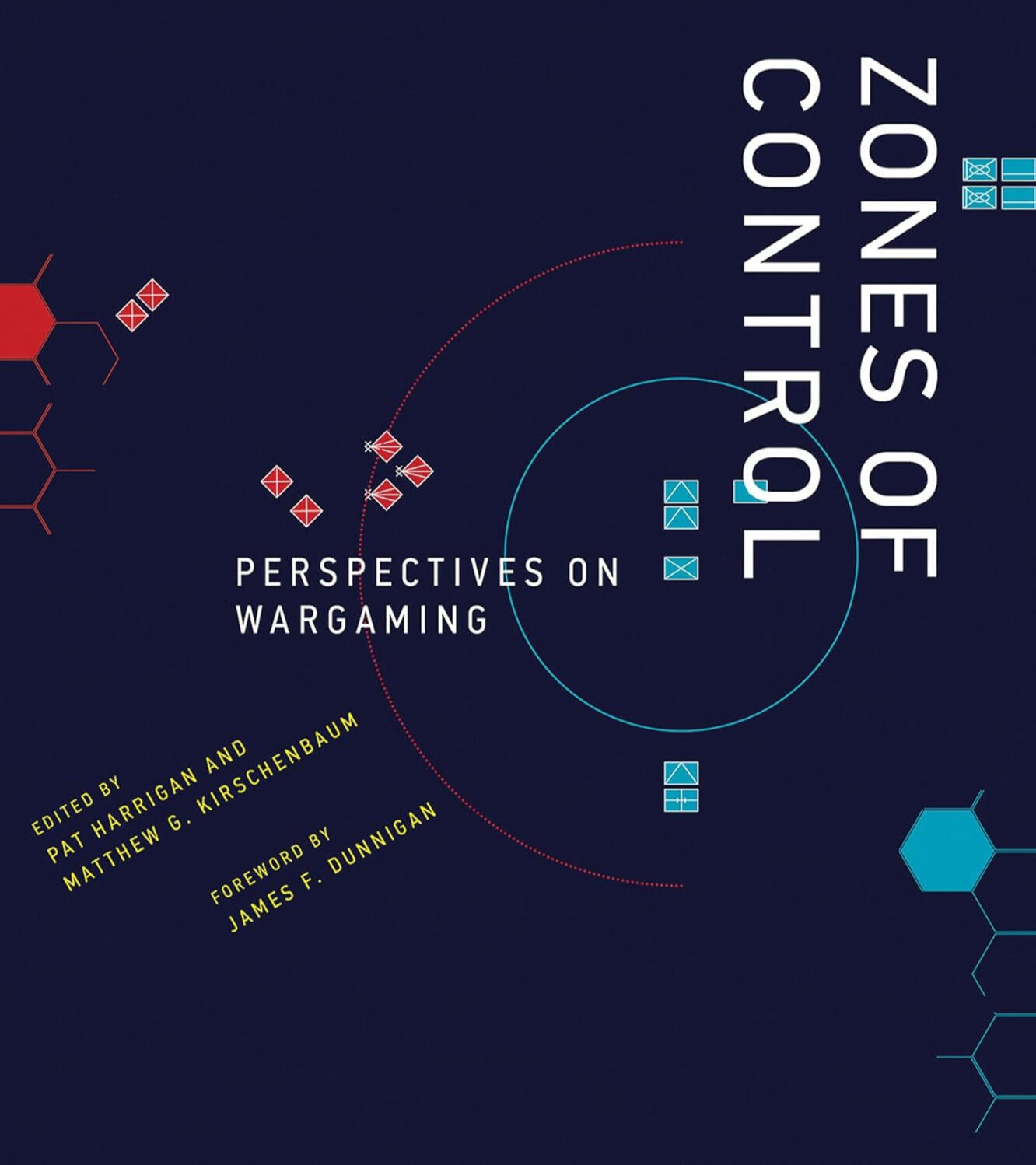
The book Zones of Control became a key resource for me. It introduced me to the evolution of war games and helped shape my ideas into a working game prototype. It was effectively my bible through this endeavour. For my design, I went to an unexpected source of how to keep things simple - Dieter Rams.Another aspect to consider is how to pack as much information into a screen as possible without overwhelming the player which is a bone I have with some RTS games. Again, I went to a place that I knew does this really well - transit maps. This book called Transit Maps of the world by Mark Ovenden was a huge help in this.Simplifying Complexity: Rook, Knight, Queen, KingAs I continued my research into the origins of war games (starting with table tops to computer games), I gained a better understanding of how complicated concepts like movement and hit points become in real-time strategy games.Great strategy games revolve around systems—rules that define what players can and can’t do, and how they win or lose. I must admit, In the past, my excitement would’ve gotten the better of me and I might have jumped straight into designing 3D models and game levels, but I knew it was important to start with the core game system first. But how do I start simple?I used chess as a framework. Chess has a limited number of pieces with specific movements and capabilities. There’s no confusion about upgrades or power-ups. This kept my focus on creating a simple, clear system for the game. Since there are no complex turn based game play elements, I could really focus on making the game pieces solid and great.The Galactic Admiral SystemIn the game, the player controls a single frigate-class ship, the UESS Victory. I wanted to capture the feeling of being a fleet admiral commanding an armada of spaceships in grand epic naval battles. The map is infinite, like space itself, and everything happens in real-time. Players tap, hold, and draw the ship’s path to give orders, aiming to simulate standing on the bridge of a ship and commanding the fleet captains to follow orders (think: Tom Hank’s’ character in Greyhound movie).To keep the game manageable, I added a turret radius with automatic laser fire when enemies enter within range. This allows players to focus on movement and strategy without micromanaging combat.Victory is simple: destroy all enemy ships. The enemy ships are weaker, with smaller attack ranges and slower speeds, but their overwhelming numbers force players to stay on the move.
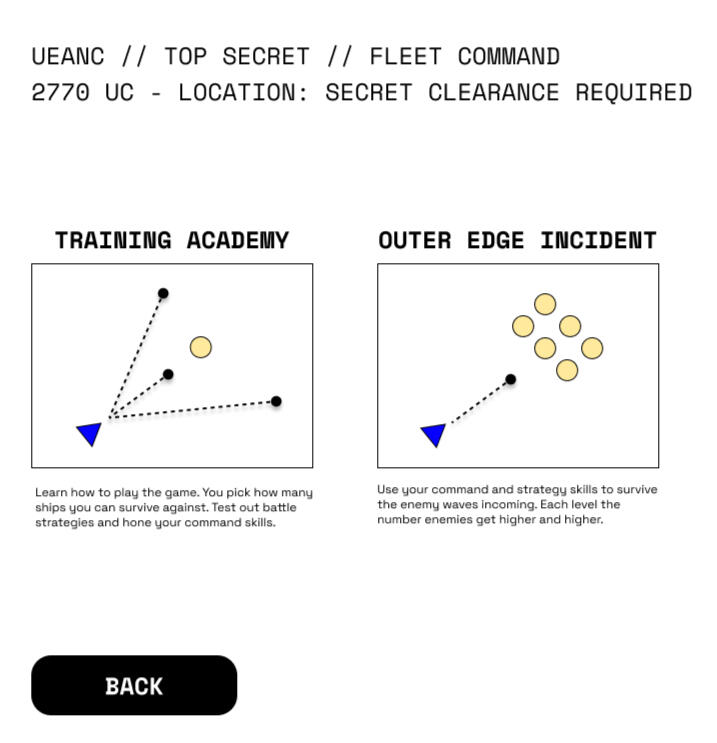
For the initial release, I created two levels:
1. Training Academy – where players choose how many enemy ships to battle.
2. Outer Edge Incident – where players must survive five waves of enemies.My focus remains on making the gameplay fun and easy to understand before adding new ships, upgrades, and features.There is plenty of opportunity to introduce a proper campaign, multiplayer and tons of other features. But, no point in adding fancy if my basics aren’t good.
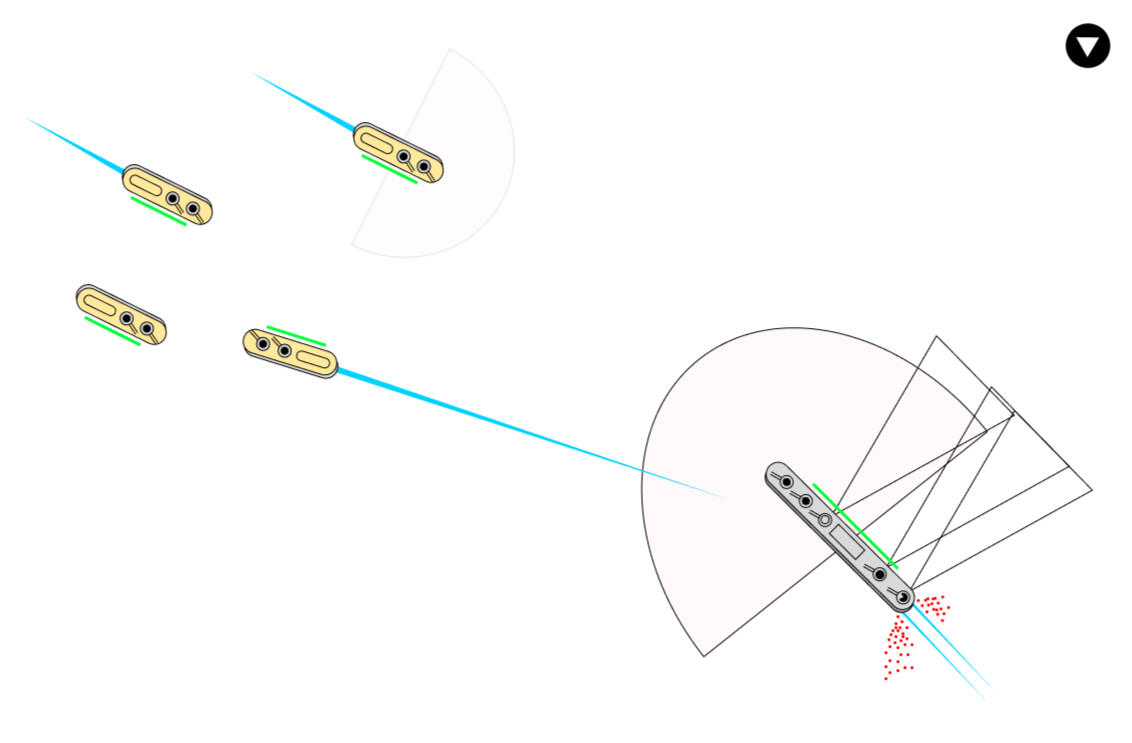
From Boxes to 3D Models With Touch Of DieterSince my 3D modeling skills are limited, I didn’t want to waste time perfecting designs before testing the core system. Instead, I started with basic shapes to see how the system would hold up in simulations.This low-fidelity approach also helped me communicate the game concept to potential developers. It allowed me to test and tweak the game before any coding began. Figma turned out to be an excellent tool for both game and system design.For the final assets, I bought 3D models from the Unity asset stores. What a nice thing to have for us indie developers!As for the UI, I have always found that RTS games can get super complex with gameplay UI options. Since my goal was to create something minimalistic, fun, and clean, I leaned on Dieter Rams physical designs to build out the UI. Keep it simple, and lean more into the control gameplay for the excitement element. Lets see if it pays off.ChatGPT – My Content and Marketing AssistantI knew that without proper marketing, the game could easily be overlooked. With a tight budget, i couldn’t hire someone or an agency. So, I did what everyone does these days; I used ChatGPT to help me the marketing.ChatGPT helped me with:
- Writing the App Store description.
- Suggesting social media posts.
- Creating taglines and headlines.
- Offering marketing strategy suggestions.
- Researching specific content.All the marketing content for the game, from the App Store to social media, was written with ChatGPT’s help. It saved me significant time and money.Launch DayGiven the limited scope of the game, I didn’t spend much on marketing. Instead, I launched a Product Hunt page, sent out a tweet, reached out to online communities I am a member of and asked friends to spread the word. I relied on ChatGPT to generate ideas for marketing, which saved me a lot of time. Just bouncing off ideas in ChatGPT was legit fun.Launch So FarFor the launch, I had clear goals: focus on performance, quality, and reaching 100 downloads first. So far, I’ve had 45 downloads with zero crash reports.I know the game lacks a deep campaign or many in-app purchases, it’s basic for many people but I plan to build it out slowly, focusing on refining the ships and gameplay first. I know what I like but it doesn’t mean it’s what everyone else will like so, I need to go slow.Thanks for reading! More updates coming soon.
